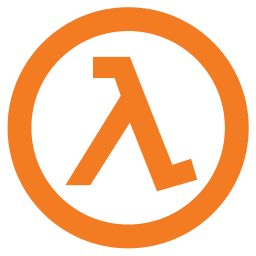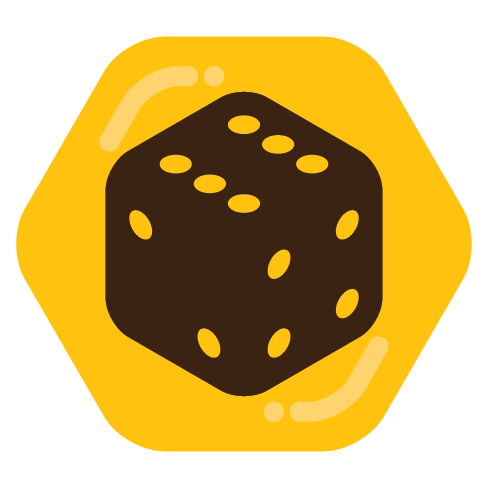

Hi. I work at a conpany that makes digital card games.
Start by making the rules work. We generally use a callback implementation. We have a class that handles the game and enforces rules and dictates flow, classes that represent players, and then a rendering class.
The game will call relevant functions to prompt the players for an action, passing the game state with them. The players respond with what they want to do. The game calls the renderer to draw it out, and the renderer will then call the passed callback action. Repeat until the game is over.
When a human is involved then you just hook actions to buttons and pieces and clickable elements that the game catches and responds to if needed.
Really you can use any principle or design paradigm you want, but since you are making a “simple” turn based game just having it simple and well segmented is an easy way to keep a handle on it.












But then again, startups probably aren’t considering the geo-political implication of country TLDs and that in 5-10 years any specific nation might simply stop existing.